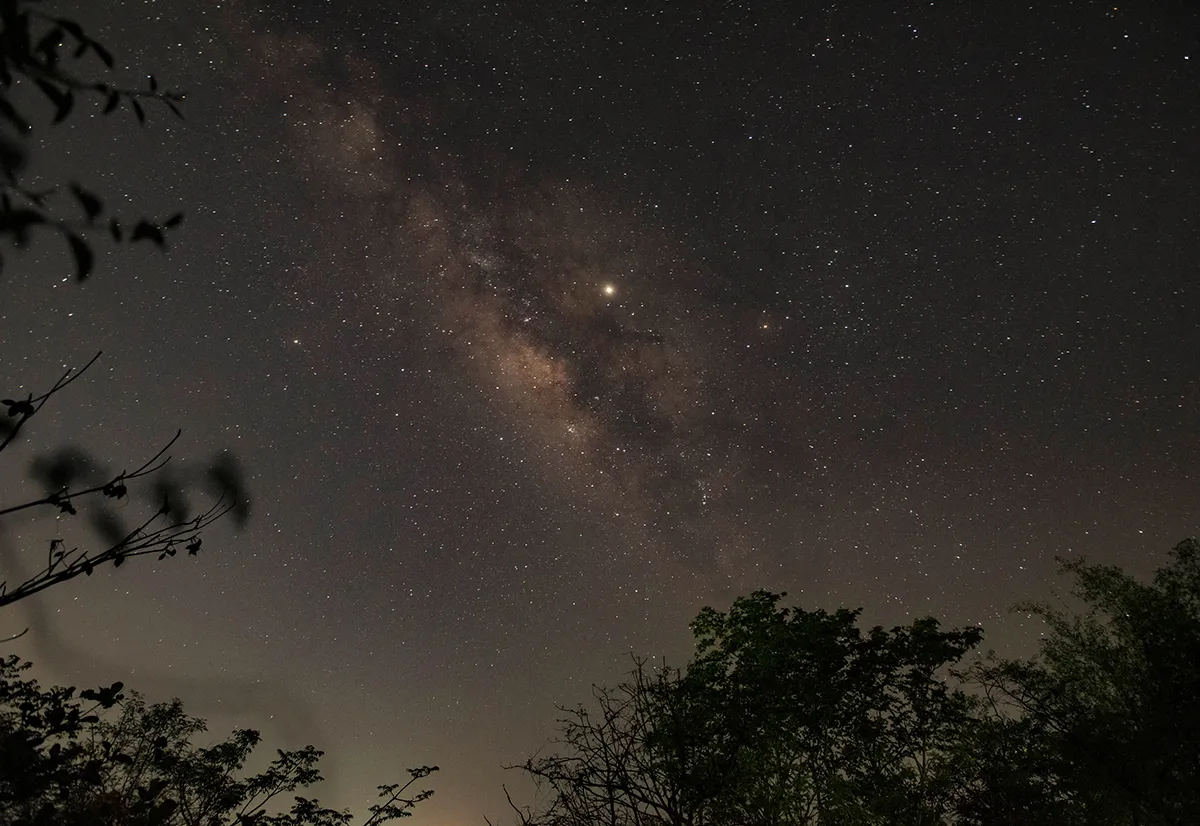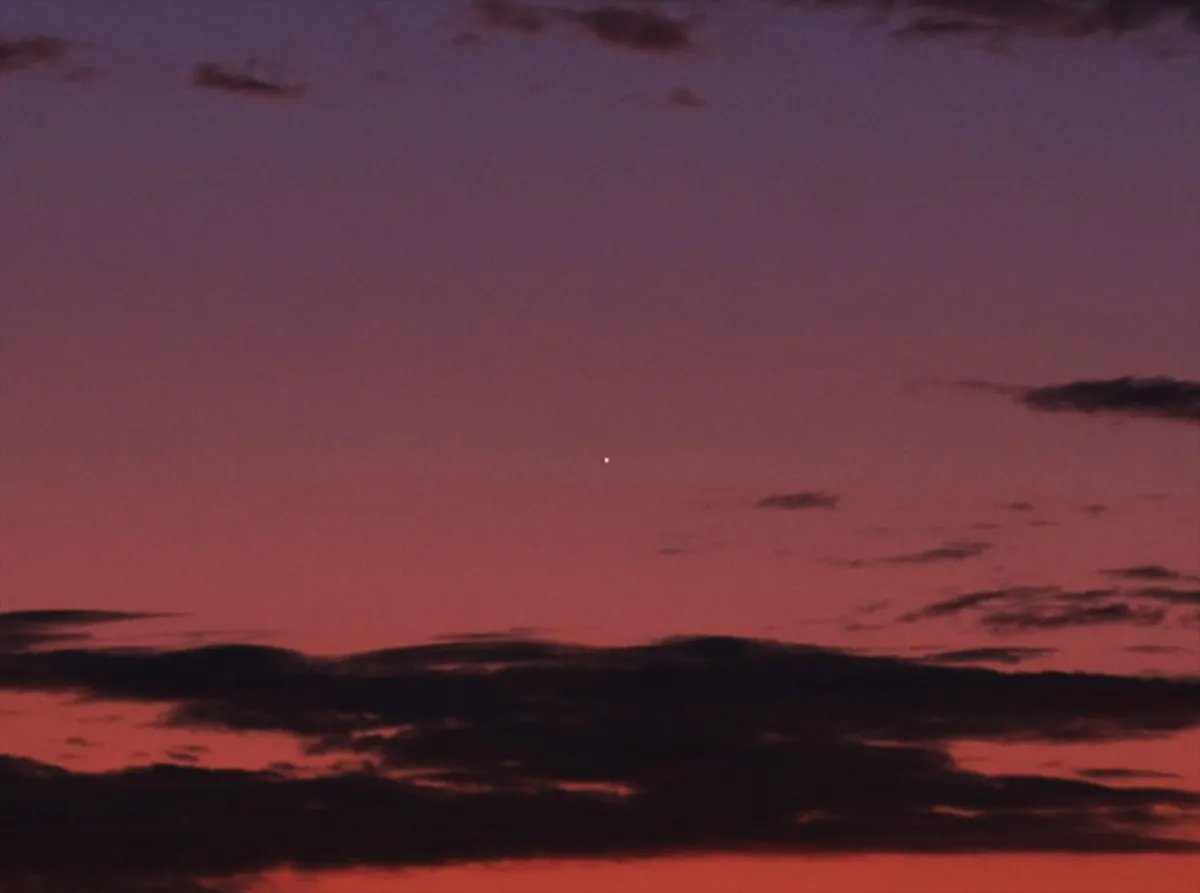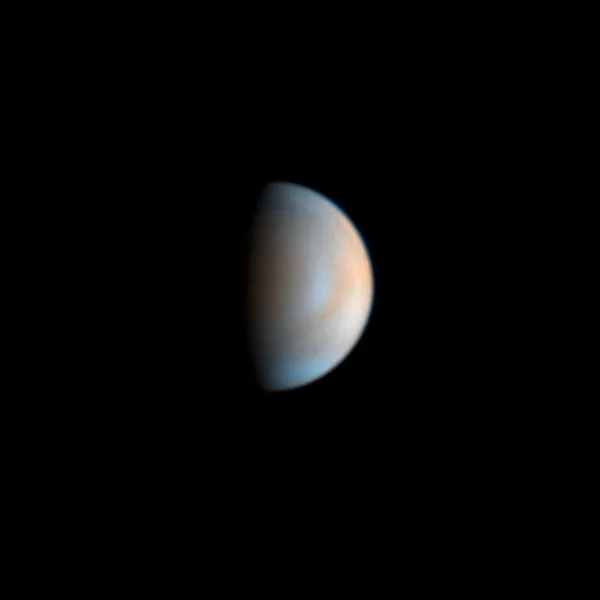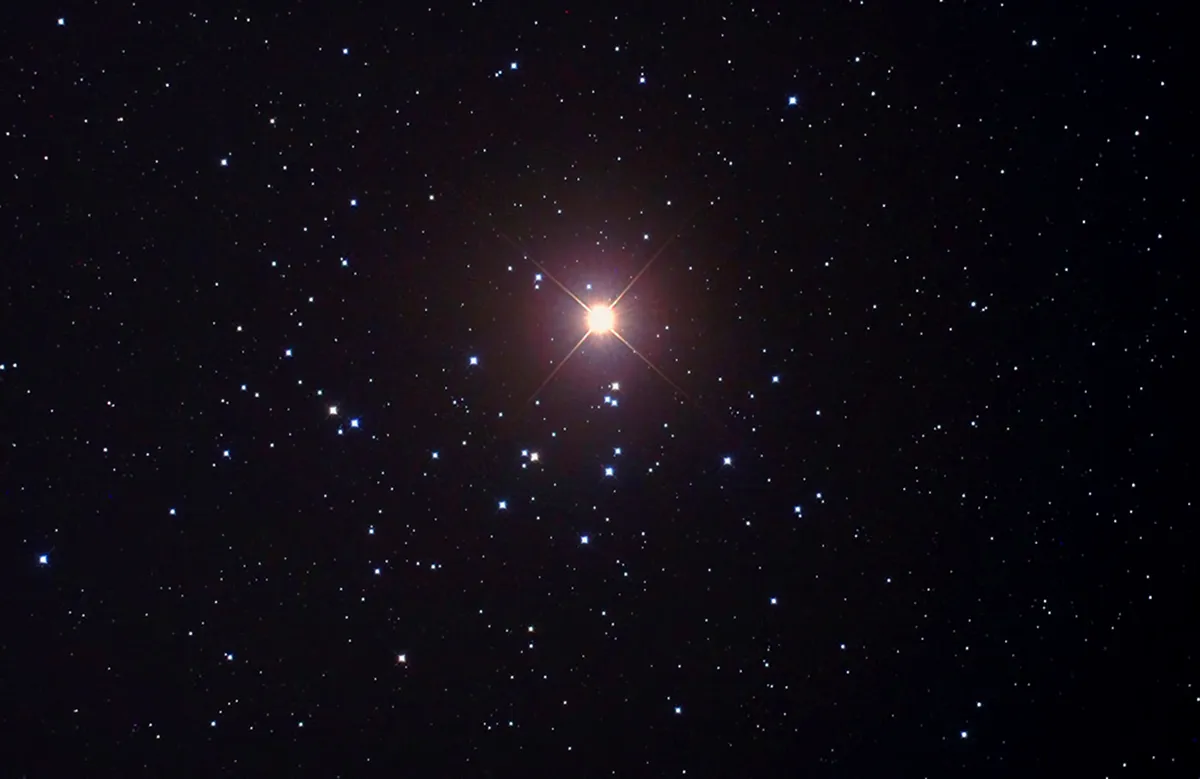It’s fair to say that views of the planets in the first half of 2024 were lacklustre.
Sure, Jupiter and Uranus put on a show at the start of the year, but they became engulfed in the evening twilight during March.
By May, all the main planets were compromised in some way, being too close to the Sun or below or low to the horizon after dark.
Fortunately – if that’s the correct term – poor weather meant we didn’t miss much!
Keep up to date with visible planets in the night sky. Get weekly stargazing advice by signing up to receive the BBC Sky at Night Magazine e-newsletter and via our Star Diary podcast.

But as the second half of 2024 beckons, a change is in the air and we will experience a major and spectacular return of the planets.
Venus will take its time, improving by the end of the year, and Mars will continue to get better through to its opposition early in 2025.
But it’s the gas giants Jupiter and Saturn that will really steal the show in autumn and winter 2024.
As longer nights return, they will both appear significantly higher than in recent years.
Get more advice with our guides on observing the planets and how to use filters for observing planets.

Saturn is also heading for a special event in March 2025, which opens the door for some rare sights visible through smaller scopes.
And while the ice giants Uranus and Neptune are very distant, modern scopes and imaging setups can reveal details even this far out.
Uranus, especially, is very well placed towards the end of 2024.
Take a look at how each of the planets is improving in the second half of 2024 and you’ll see why it’s looking like planetary heaven.
Download our table showing key planet dates and times for 2024 (PDF)
Mercury

We’ll start with the inner Solar System and little Mercury, never the easiest world to catch because it flits around the Sun like a moth around a flame and is always within its glare to some extent.
A poor evening showing at the start of August gives way to a decent morning appearance at the end of the month, Mercury then rising 90 minutes before sunrise.
Greatest western elongation occurs on 5 September, the planet remaining visible in the morning dawn sky probably up until 22 September.

Its evening return in October is poor since Mercury sets with the Sun, and the situation improves little through to the end of November.
Circumstances do get better from 5 December 2024 though, as Mercury becomes a morning object.
The planet really delivers from mid-December through to the end of the year.
On 23 December 2024, shining bright at mag. –0.2, Mercury rises nearly two hours before the Sun.
Get more info with our guide on how to observe Mercury.
Venus

Venus is a brilliant object, especially popular when it lingers in the evening sky in late winter and early spring.
For this reason, astronomers often called Venus the morning or evening star.
The good news is that this is going to happen in early 2025, Venus reaching greatest eastern elongation in the evening sky on 10 January.
After this, it will be in its cherished crescent phase, an amazing sight when seen through a telescope.
But what about 2024?

At first, Venus isn’t quite as well positioned: through August, September and the start of October it’s in the evening twilight, setting roughly 40 minutes after sunset.
It’s not until we head into late October that things really start to improve and Venus stays longer in evening skies.
By 31 October, it sets 90 minutes after the Sun, and by the end of November the planet will be setting three hours after the Sun, shining at mag. –4.0.
By the end of December, there’s over four hours between sunset and Venus slipping below the horizon.

When Venus stays with us in the night sky this long, it means the dazzling planet will be set against a dark background sky.
For the naked eye, this leaves the door open for some beautiful encounters with the evening waxing crescent Moon.
After Venus’s greatest eastern elongation in January 2025, we’ll even have a few weeks to enjoy the Evening Star before it reaches inferior conjunction on 23 March.
Mars

While the outer planets mostly achieve opposition every year (Jupiter doesn’t reach opposition in 2025), Mars only achieves it once every 2.1 years.
This is a big deal for superior planets like Mars, because opposition is when the distance to Earth is at its smallest and we’re able to get the best view.
Mars at opposition gives us the best apparent disc size, with lots of detail on show.
Mars’s next opposition is on 16 January 2025, but this occurs when Mars is near aphelion (furthest from the Sun) in its orbit.
When Mars reaches opposition near perihelion (nearest the Sun), its apparent size is around 25 arcseconds.
At aphelion, this value drops to around 14 arcseconds.

Ironically, for the Northern Hemisphere, perihelic oppositions occur with Mars low in the sky, while the less favourable aphelic oppositions have the planet high and well placed!
To the naked eye, Mars keeps improving throughout 2024, appearing near Aldebaran in August, M35 in September and M44 the Beehive Cluster in November.
In November, it brightens past zero magnitude to shine at mag. –0.5 by 30 November.
On 18 December 2024, Mars is occulted by an 89%-lit waning gibbous Moon during daylight.
At mag. –0.9, this event should still be visible through a telescope given clear skies.
Find out more with our guide on how to observe Mars.
Jupiter

Jupiter will be a superb planet from the Northern Hemisphere for the rest of 2024. Located in Taurus, it rides high across the sky.
At the start of September, it shines at mag. –2.1 and rises at 23:30 BST (22:30 UT), managing to reach a peak altitude of 40° under darkness.
The situation continues to improve throughout October and November, when the planet manages to attain a peak altitude around 60° under darkness in UK skies.
A fantastic turn of events that allows Jupiter to rise above the thick, turbulent atmosphere that occurs at lower altitudes.

Jupiter opposition occurs on 7 December 2024, when the planet appears as a venerable beacon in the night sky, shining at mag. –2.7 all night long.
If you’ve got a telescope, you can now look forward to a few good years with Jupiter.
Its gaseous form shows lots of detail with well-defined belts and zones that are littered with turbulent detail.
There’s also the famous Great Red Spot (GRS), a persistent storm feature that may have existed for at least 350 years.

Observations over previous years have shown the GRS to be shrinking in size, so observations of it are very important in order to record just what may occur.
Then there are the four Galilean moons: Io, Europa, Ganymede and Callisto.
These frequently appear to interact with the planet in the form of transits, shadow transits, occultations and eclipses.
Find out more with our guides on how to observe Jupiter and how to observe the Galilean moons.
Saturn

The ringed planet manages to reach its highest position in the sky under darkness, an impressive
30° up when due south, from 10 August.
This is a decent enough altitude to achieve reasonable atmospheric stability when viewed through a telescope.
An eyepiece view will show Saturn's rings looking narrow, a consequence of Saturn’s low tilt angle at the moment.
On the morning of 21 August, a 97%-lit waning gibbous Moon occults Saturn, completely hiding it from view.
Despite occurring in brightening dawn twilight, this rare event will be very observable.

Saturn opposition occurs on 7 September 2024, when Saturn’s rings should appear to brighten slightly, due to the opposition effect.
At this time, the tilt angle will be 3.7°, the rings visible as thin ellipses.
Saturn undergoes a ring-plane crossing on 23 March 2025, when the planet appears sideways-on to Earth and its rings appear to have no tilt at all, all but disappearing from view.

Near the crossing event, there’s the opportunity to spot Saturn’s larger moons interact with the planet, in the same way that Jupiter’s four Galilean moons interact with it.
Most exciting is Titan, Saturn’s largest moon.
This will start to cast its shadow onto Saturn from October onwards.
After opposition, Saturn will still be able to reach its highest altitude under dark skies until mid-December and remains a viable observing target through to the start of 2025.
Find out more with our guide on how to observe Saturn.
Uranus

Uranus reaches opposition on 17 November 2024 and is well placed for observation from the end of August through to early 2025.
Uranus is a tricky planet to get the best out of because of its vast distance from Earth.
The highlights of viewing the planet through a telescope include its striking green colour, its larger moons and the faint banding within the planet’s atmosphere which may be seen or imaged through larger-aperture telescopes.
Currently located 5.5° from the Pleiades open cluster, Uranus’s position makes it a little easier to find than in previous years.
This, coupled with such a favourable position for UK observing, will hopefully encourage more observations of the ice giant.

Although Uranus is theoretically visible to the naked eye, binoculars are the best way to get a confirmed sighting.
A small scope is required to reveal the planet’s distinctive green hue.
For those with imaging capability or larger apertures, Uranus’s major moons are also viable targets.
These are within the reach of modern smart telescopes too, appearing like tiny, star-like points close to the planet.
Larger apertures may also be able to pick up detail in the planet’s atmosphere, typically appearing in the form of banding.
Deep red or infrared-pass filters (such as the Baader 610nm longpass, Baader 685nm and Astronomik 642 filters) are recommended if imaging.
Neptune

Neptune reaches opposition on 21 September 2024 and, being the most distant main planet in our Solar System, is even trickier to observe than Uranus.
Another ice giant world, Neptune shows very little detail through amateur scopes unless large apertures are used, preferably aided by imaging equipment and filters.
Even then, the detail you’ll get is limited mostly to banding in the atmosphere, but the occasional bright storm has been detected with amateur kit too.
Currently, Neptune resides in the part of sky immediately to the south-southeast of the faint but distinctive Circlet asterism in Pisces.
Visually, Neptune is below the naked-eye threshold, typically shining at mag. +7.8. Binoculars will show it as a star-like point, but a telescope is required to reveal its distinctive blue hue.
Amazingly, despite its huge distance from Earth, Neptune’s largest moon Triton is surprisingly easy to see through a moderate-sized scope.
It’s also fairly easy to photograph.
Keep us up to date with your planetary observations and images by emailing contactus@skyatnightmagazine.com
